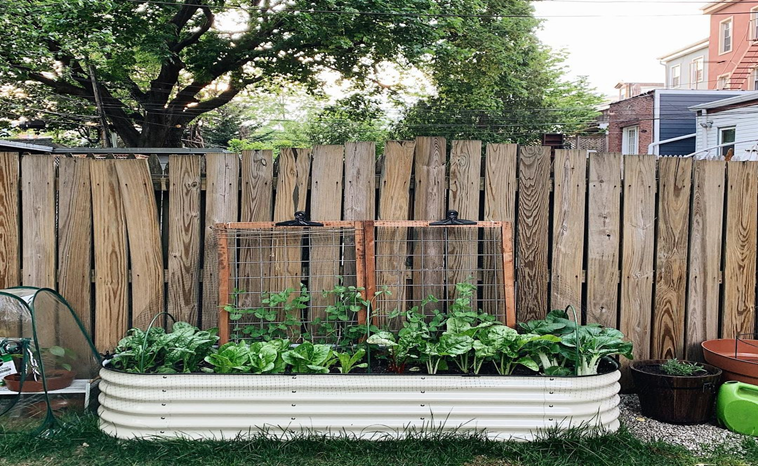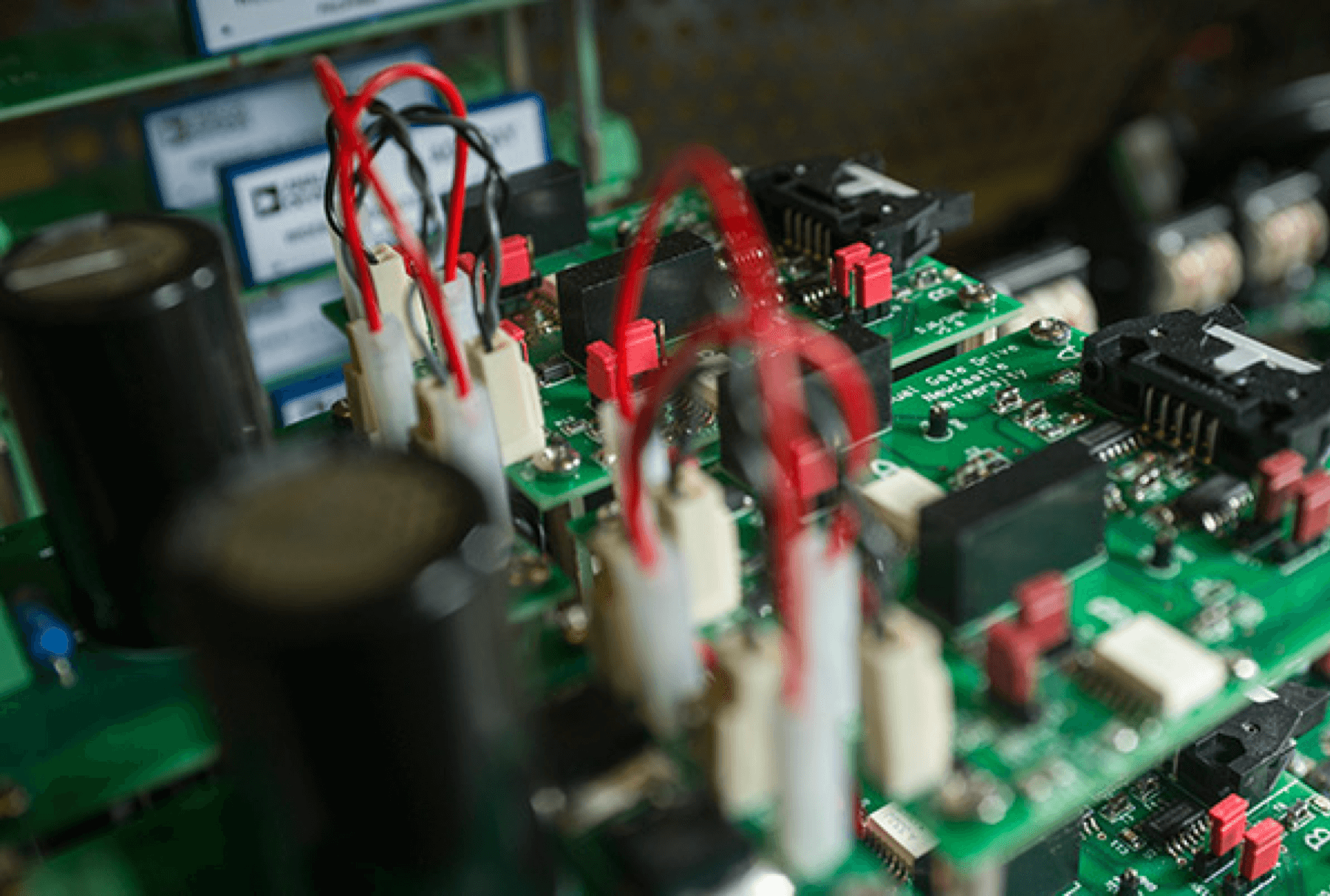Pipe fabrication refers to straight lengths of pipe pieces such as forged elbows, tees, flanges, and reducer fittings. This procedure makes sure the pipes are secure for moving gases and liquids.
We are fabricating pipes in sydney requires careful handling. It calls for a great degree of accuracy. It features many parts that need complex assembly and installation procedures. Any construction project involving piping or plumbing networks necessitates careful and thorough planning before beginning pipe production.
What Equipment is Used for Fabrication of Pipe?
Various tools and equipment are utilised during pipe construction to aid operation. The frequently used tools are listed below.
- Adjustable pipe rollers and pipe jacks for welding
- Equipment for hauling and pipe rigging
- Pipe Fit up Equipment
- Equipment for Pipe Purging
- Equipment for Beveling and Cutting Pipe
- Aligning the Flange Pins and tools
- Wraparound Tapes with a Centre Punch
- Tower cranes, hydraulic cranes, pipe-bending equipment, etc.
What steps comprise the manufacture of pipes?
Fabricating pipes is a complex technique to carry out. High levels of professionalism and skill are needed. It’s also crucial to stick to the pre-planned structure. The process of fabricating pipes involves the following seven essential steps.
- Before cutting, the Fabricators mark and tag the pipe material per the pre-designed specifications. The material is marked with paint and a stamp. Before cutting, tagging emphasises and displays the material’s heat numbers.
- Fabricators cut the materials using various techniques after labelling and tagging them. These techniques include plasma fusion, flame-cutting, shearing, chopping, and sawing.
- Beveling and fitting are critical steps in the construction of pipes. Also called end preparation, this process.
- We are aligning components, correctly assembling them, and then welding them together.
- They were aligning the pipes and fittings before welding them together. For inspection, they are connected. The components are then welded together if they pass exact checks based on pipe fabrication criteria.
- The standards for inspections are the criteria listed in the fabrication specification document. The fabricators use these standards for the last inspection.
- Heavy transport vehicles are used to deliver the cargo to the location.
What are the Benefits of Fabricating Pipe?
- It reduces design and construction time.
It takes time to lay pipes out on the ground and shape them with hand tools. These issues are reduced or eliminated mainly by pipe fabrication in sydney because components are ready for installation as soon as they are finished.
- You Can Save Money
Professional fabricators of pipes have access to cutting-edge equipment. This guarantees quick and accurate rolling, cutting, and connecting metals to ensure a good fit. Furthermore, because your pros will handle the entire project from beginning to end, you won’t need a sizable workforce of skilled labourers.
Conclusion
The process of creating straight lengths of pipe parts, such as forged elbows, tees, flanges, and reducer fittings, is called pipe fabrication. Because components are ready for installation as soon as they are done, pipe fabrication in Sydney shortens the design and construction phases.




